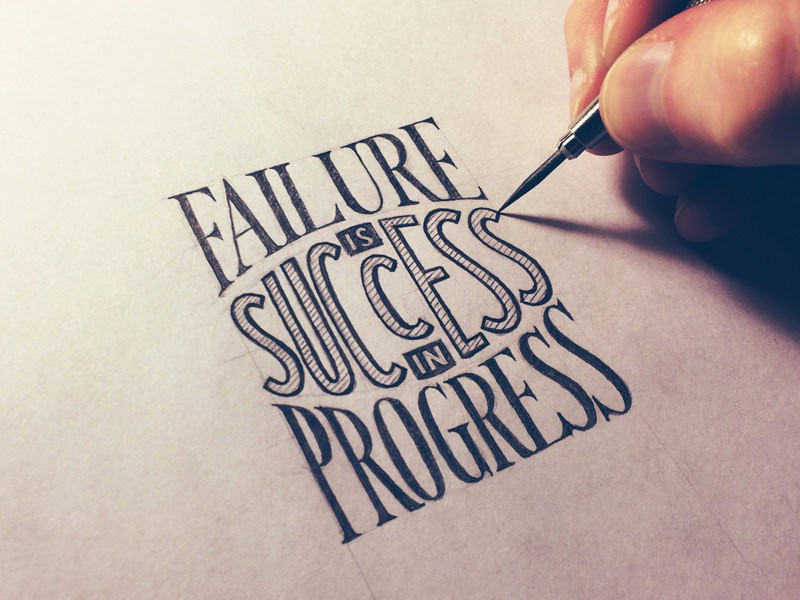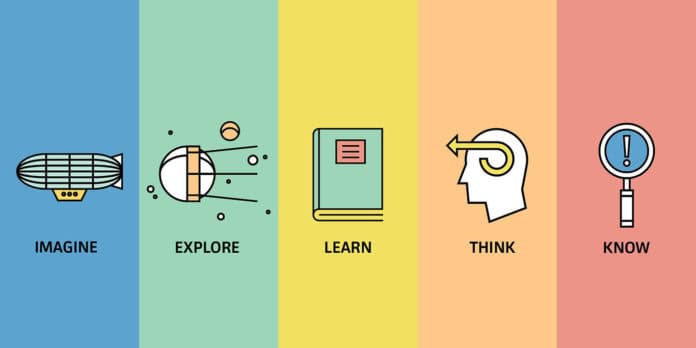We are a professional blog site that may receive compensation or free samples from the companies whose products and topics we write about. We are independently owned, and the opinions expressed here are of the writer. To read the full disclosure click here.
______________________________
What happened to the good old days when we were younger and our mistakes were celebrated? When putting our pants on wrong was adorable, and if we touched the stove top out of curiosity we were coddled and fed ice cream to make us feel better.
At that age, failure is a learning experience. To fail was to gain understanding of how something works, and we moved on from there. Until we got to school.
The instant children are admitted into school they are measured on a standardized scale of success. The students who consistently succeed are deemed “gifted” and given gold stars and A pluses. The kids who take a little more time, or thrive in different ways are marginalized for their lack in the “success” department.
The first problem with the perception of failure in the school system is that success is considered an all-or-nothing accomplishment. If you fail a task on the first try and succeed on the second it is not considered true success. The first-tryers get all the glory. Those that learned and improved from their mistakes are left in the dust.
 Failure comes with trying new things. It takes time to learn a new math or chemistry formula, and you will get the first few problems wrong until you finally understand how the formula works. Failing is not indicative of an individual’s shortcomings, on the contrary, it shows that they are willing to try new things.
Failure comes with trying new things. It takes time to learn a new math or chemistry formula, and you will get the first few problems wrong until you finally understand how the formula works. Failing is not indicative of an individual’s shortcomings, on the contrary, it shows that they are willing to try new things.
It is easy to stay in your comfort zone and continue to do things you’re good at. And there is certainly nothing wrong with that. But going and trying out new challenges is a great way to grow yourself and gain new skills, even if it takes a few attempts to get things right!
The School Approach
In schools, children’s coping capabilities are at a low as lesson plans and testing have become more homogenized. Children are used to taking statewide tests that measure their capabilities based on a numbered scale in which they have one chance to get the question right.
Schools no longer take failure into account when scoping out lesson plans. Success is expected on the first try, and failure to do so results in bad grades as opposed to a “you’ll do better next time, so try again!”
Learning through failure is human nature, yet schools stress the negatives of failure without highlighting its positive qualities. If children were allowed to develop their own unique solutions or approaches to problems, the academic population would be filled with a much more diverse selection of students. But with personalization comes trial, and with trial comes error. School systems like to think that they have developed the most efficient and effective method for teaching students.
Is the system efficient? Absolutely. But as to its effectiveness, a population of students who are equipped with more or less all of the same answers to all of the same questions does not bode well for a world constantly being introduced to new, never before seen issues in need of creative solutions.
An “F” is not the new “A”
 I am not saying that failure should always be celebrated and that there should never be consequences for messing up every now and then. After all, it puts pressure on them to improve their processes and find better results and solutions. But I do think that children need more freedom in how they approach problems, and with that freedom, failure most certainly follows. But let your kid fail! Let them scrape their knee or let go of a balloon, sure they will be sad — but they will learn.
I am not saying that failure should always be celebrated and that there should never be consequences for messing up every now and then. After all, it puts pressure on them to improve their processes and find better results and solutions. But I do think that children need more freedom in how they approach problems, and with that freedom, failure most certainly follows. But let your kid fail! Let them scrape their knee or let go of a balloon, sure they will be sad — but they will learn.
If only schools would practice the same. Sure, no parent wants their child to fail; and no school wants to drop in test scores. But creativity and thinking outside the box are important not only for child development, but also for a future of problem solvers. So the big takeaway? Encourage trial and error, let your child grow from their mistakes.



